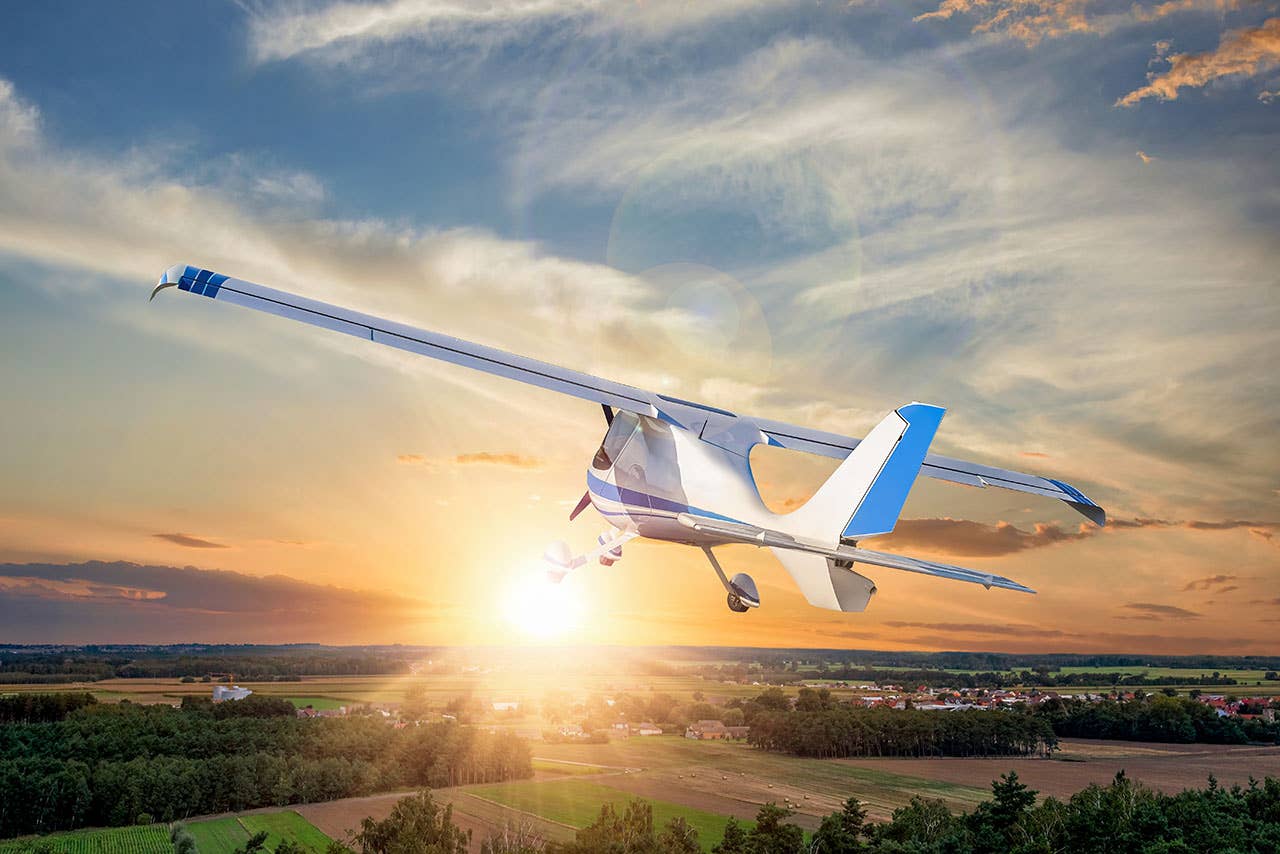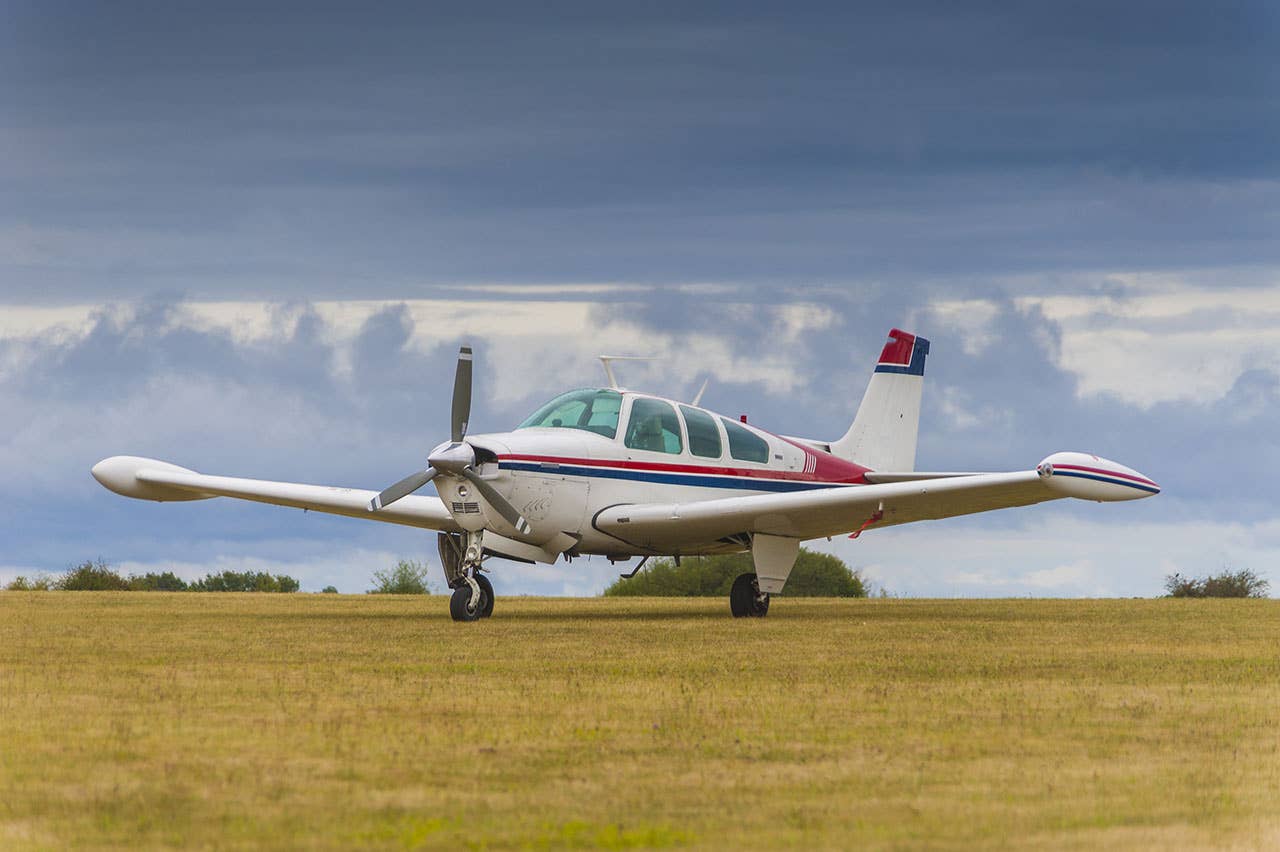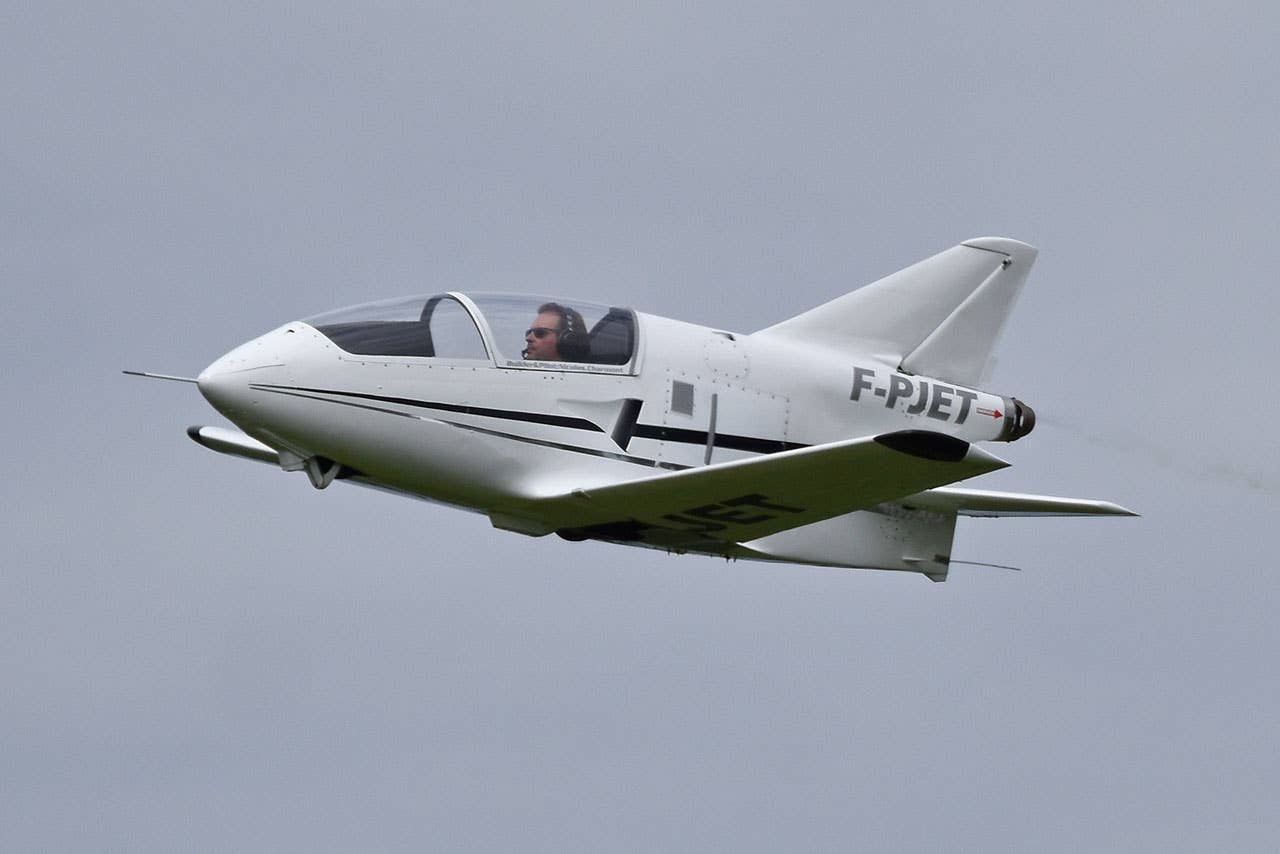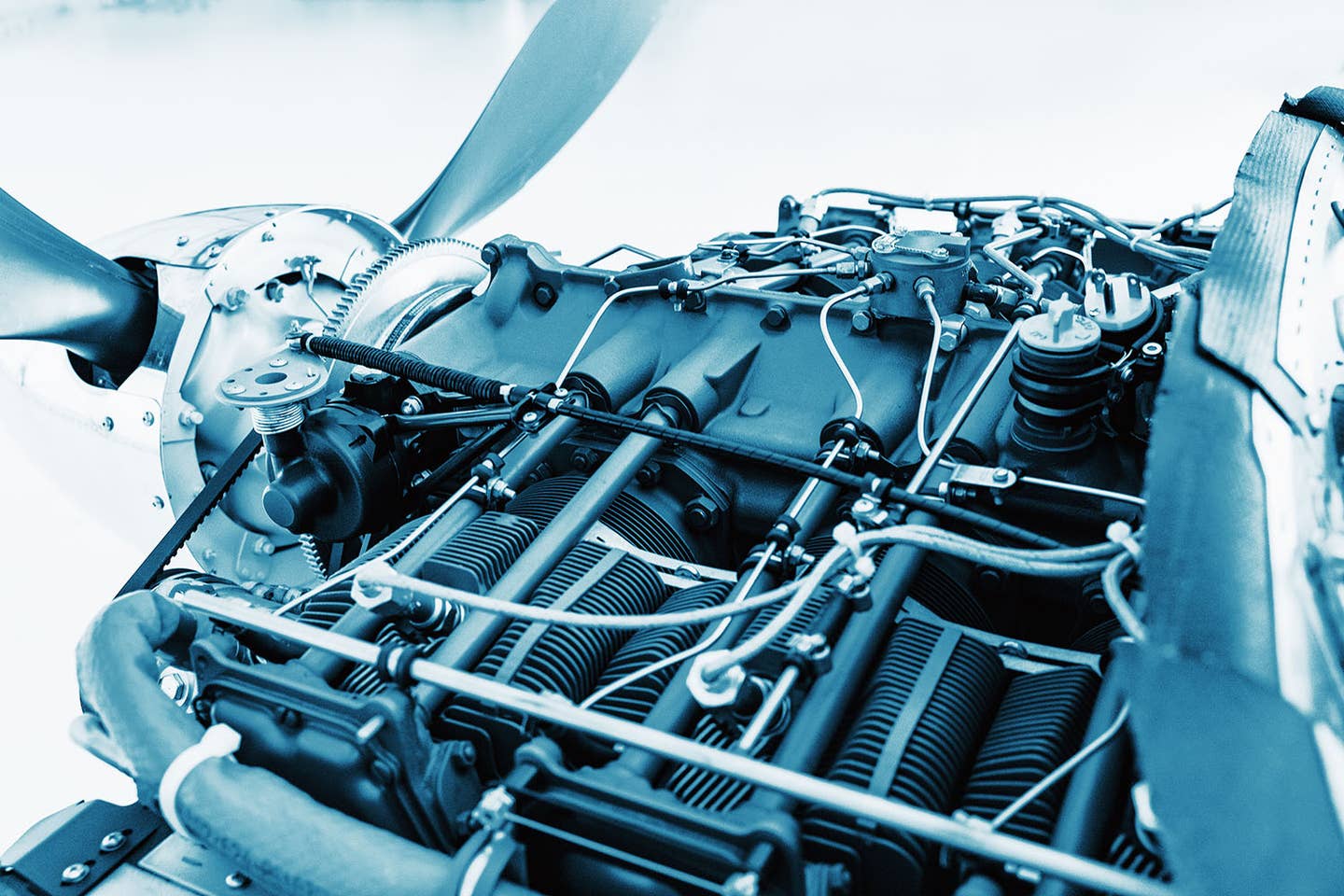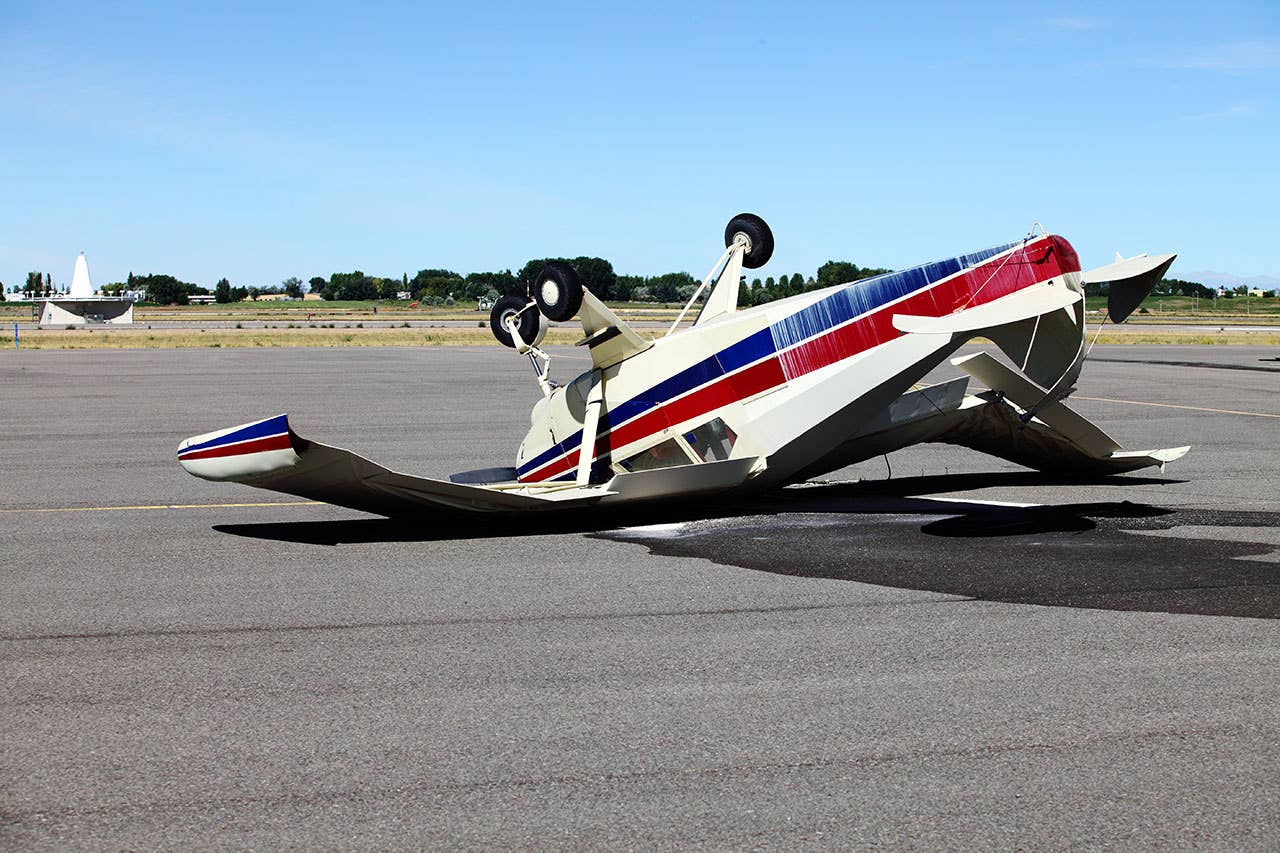
Insurance, like a fire extinguisher or home alarm system, is one of those things you purchase with the hope that you'll never need to use it.
There's no getting around it, though. We have, and often are required to have, insurance for our cars, our homes, our health and our lives. And for those of us fortunate enough to own an aircraft, we need insurance for our airplanes, too. Until recently, aviation insurance was a blip on the airplane ownership radar, and arranging and paying for it were just part of the noise of ownership costs. We received some quotes (more on this later), chose the desired options, wrote the check, and likely forgot about it until renewal time one year later. Rinse and repeat.
Times have changed, however. In recent years, aviation insurance costs have increased dramatically, especially during the COVID years. In fact, as Ryan Konrath from Wings Insurance told Plane & Pilot, "We are currently in a hard market and have been for a while. The two prominent areas hit hard by this current market are owner-flown, high-value aircraft (think Vision Jet, TBM and similar), along with pilots nearing their 70th birthday." And because pilots tend to be older than the population as a whole, the flying community is disproportionately affected by this age-related bump in premiums.
It gets worse, though. In some cases, not only have costs escalated, but some policyholders, even those who in the past were deemed low risk, are now finding it difficult, if not impossible, to get underwritten at any cost.
My research into this hard market found that up until about three years ago, aviation insurance was soft, meaning we saw low premiums, fewer exclusions and generally more beneficial terms to the owner-pilot for well over seven years.
Now, insurance companies are in the business of making money. Imagine that. And the abrupt transition to this difficult market was a perfect storm of circumstances, all of them related to the insurance market getting less profitable for insurers. At the same time, we saw a dramatic increase in the value of used aircraft, along with soaring parts and labor costs for those aircraft damaged and requiring repairs or total loss payouts, part of a crunch in the maintenance marketplace due to a high volume of business and a shortage of workers. Even with the same number of claims, the payouts resulted in a higher cost to the insurance companies and therefore dwindling or loss of profits, as reported in the industry-recognized Milliman Report. Throw in catastrophic weather events, such as the March 2020 tornado outbreak in Tennessee---which resulted in more than $90 million in aviation-related claims at just one airport, John C. Tune in Nashville, one of dozens of GA airports hit by severe weather in the past few years---and the picture doesn't get any rosier.
In addition to the loss of profits, the investments that insurance companies use for their reserves have not been profitable in recent years. This sparked a need to increase premiums to the insured. Finally, there have been a few insurance companies as well as reinsurers who withdrew from the relatively small aviation market. This withdrawal was a direct result of a loss of profitability. Therefore, there is reduced competition in the current market compared to the previous soft market cycle. This supply and demand also are driving higher premiums and leading us to our current insurance dilemma.
Industry experts know that most insurance trends are cyclical. Angelo Manuele from Blue Skies Insurance Group predicts that our current cycle will likely continue for the next two to three years. With that said, what can an aircraft owner do to improve their chance of insurability or renewal at more reasonable rates?
For renewals, first and foremost, build upon your existing relationship with your aviation insurance broker or underwriter. This is especially true if you are nearing that magic anniversary of your 70th birthday. If you have been with a company for the long term and haven't been one to chase small savings with multiple brokers throughout the years, that loyalty should translate to more competitive rates and more likely to be underwritten than those who have hopped to other companies like a frog on lily pads. This becomes especially critical if you have had an accident in the preceding policy period.
In addition, if you have thought about adding a rating to your certificate, there is no better time than the present. Industry experts agree that any added rating, whether that is an Instrument Rating, a Commercial Rating or even a Seaplane rating, will illustrate to the underwriter that you want to improve your aeronautical skills continually. It simply makes you more desirable as an insured.
Even if you do not want to pursue another rating at this time, then consider completing a proficiency check or some relevant online training. When it's time for your renewal or time to solicit quotes for an aircraft acquisition, any qualified training or ratings that you have completed will be factored into your insurability and the overall policy cost.
One of the ways pilots attempt to justify and reduce their cost of ownership is to consider taking on partners in an aircraft. If this is something you are considering, please keep in mind that partnerships on high-value aircraft that have dissimilar partner pilot experience may have difficulty finding a company to underwrite that scenario.
An example of this could be a high-time, experienced 75-year-old pilot with thousands of hours of accident-free time taking on a 40-year-old student pilot partner with little to zero hours. While each of these individuals could likely get insured on their own aircraft, combining them in a partnership coverage would most probably get denied coverage. The solution? Either find a partner with similar experience or reduce the hull coverage by purchasing a less-expensive airplane.
So, for those who have found their fantasy airplane and are ready to write that check, now it's time to get some quotes on coverage.
First, find yourself a reputable aviation broker. Just like a flight plan, going direct is often best.
Most in the insurance biz will suggest that you should not use your normal property and casualty company (for example, the company that writes your homeowners insurance), as they simply do not understand the market like a specialized aviation insurance broker.
Instead, find that qualified aviation broker and either request a ballpark quote without going to market or a true quote by going to the market and getting a specific quote on your particular aircraft.
While requesting a true quote might seem like the best option, keep in mind that once your broker goes out to the market for your quote, you are effectively locked out of the market by those carriers that provide that broker with your quote. And, in most circumstances, you will be locked into that broker. And there's no gaming the system. An N-number will be required to get a true quote.
With that in mind, it is imperative that whatever broker or company you utilize, they should have access to all aviation insurance carriers with their associated underwriters. This will ensure that you will have more options for insurance and will not exclude other viable companies. Remember, there are fewer carriers in the market today than in the past, so the more companies you can get quotes from, the better. In fact, it's more important now than ever. But at some point, you need to do it. Going to market will give you an exact premium price, with specific terms and conditions, along with any exclusions and the ability to bind coverage.
However, if you have not yet selected a specific aircraft or do not wish to tie up your "N" number in the insurance market at that time, then asking your broker for a general guideline quote would be the best approach. Most qualified brokers can review your experience, along with the type of aircraft you are contemplating to purchase, and give you a price range of what type of bite that annual premium will take out of your wallet. When requesting a generalized quote, it is important to specify to your broker that you do not wish this to go to market yet. They'll understand what that means and why you're doing it.
We are in the throes of a difficult aviation insurance market, and we aircraft owners have limited power over the final outcome of our insurance purchase or renewal. But these guidelines will help you get insurance for your plane at the most reasonable rate possible in today's difficult insurance marketplace.

Subscribe to Our Newsletter
Get the latest Plane & Pilot Magazine stories delivered directly to your inbox

